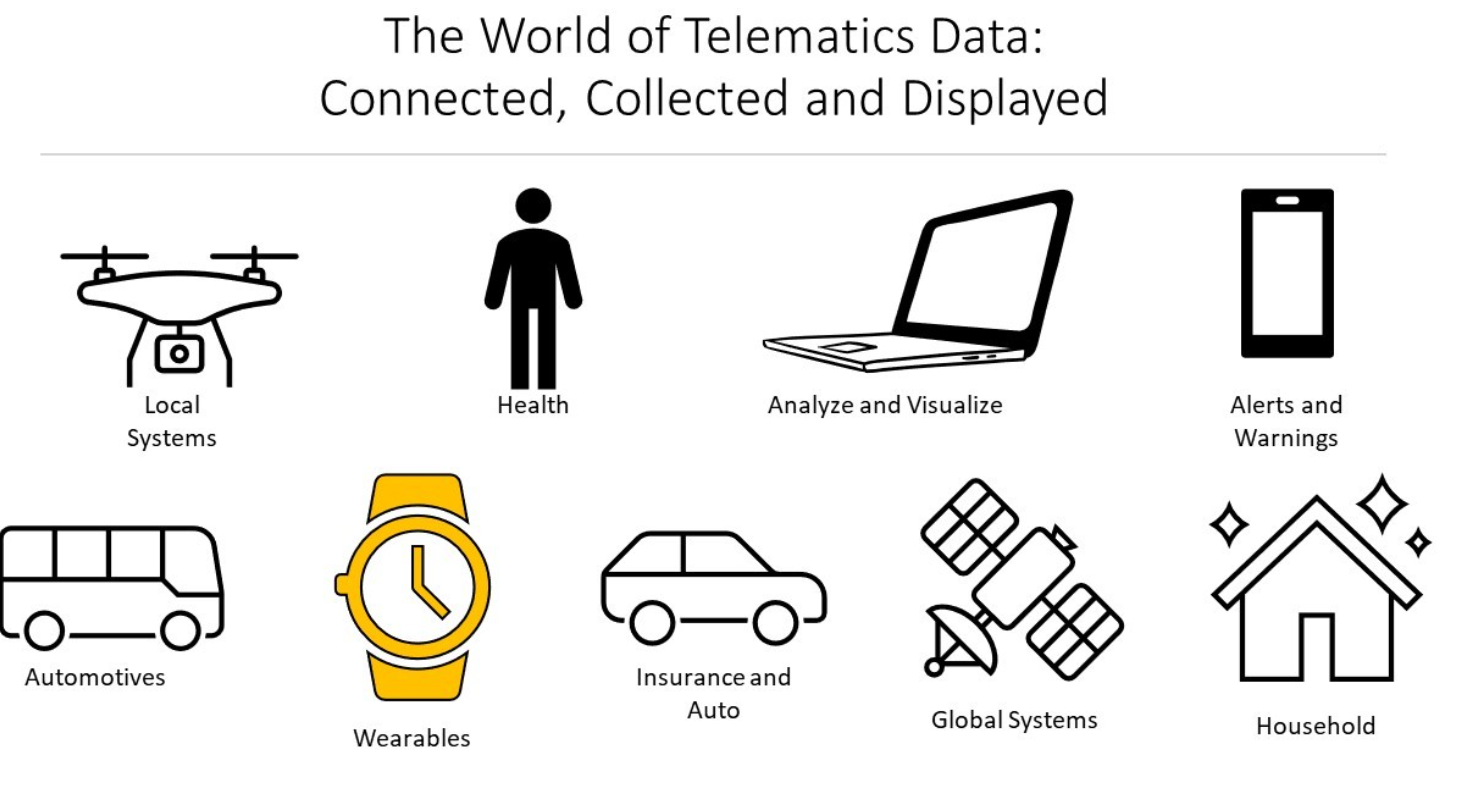In the rapidly evolving technology landscape, telematics data is a goldmine for insights into vehicle usage, driver behavior, and overall transportation efficiency.
This rich source of data, derived from a blend of telecommunications and informatics, has immense potential to revolutionize how businesses manage their fleets, improve safety measures, and enhance customer satisfaction.
Understanding how to analyze and leverage this data effectively can be the key to unlocking significant operational improvements and competitive advantages.
Welcome to the following article containing everything to know about telematics data and more. We’ll provide you with the knowledge to interpret this information and apply it to propel your business forward.
Table of Contents
What is telematics?
Telematics combines telecommunications, vehicular technologies, road transportation, road safety, electrical engineering (specifically sensors, instrumentation, wireless communications, etc.), and computer science.
Telematics technology allows us to send, receive, and store information using devices that communicate over distances. When it comes to vehicles, telematics can help control cars and trucks remotely and includes everything from GPS navigation to automated safety features.
- Vehicle tracking: Utilizing GPS and onboard diagnostics (OBD) to observe the location, movement, and status of a single vehicle or a fleet.
- Safety management: Leveraging data to assess driver behavior, predict potential hazards, and implement preemptive measures to reduce risks of accidents.
- Fleet management: Optimizing operations through route planning, scheduling, and maintenance management can improve efficiency and reduce operational costs.
- Remote control features: Enabling functionalities like remote start, vehicle lockdown, or geo-fencing through mobile applications or web interfaces.
- Insurance telematics: Often called usage-based insurance (UBI), this type of insurance uses telematics to monitor driving behavior and usage, allowing for personalized policies and premiums.
- Navigation systems: Integrating GPS technology with vehicle navigation systems for real-time traffic updates, route guidance, and destination tracking.
- Wireless vehicle safety communications: Facilitating communication between vehicles (V2V) and between infrastructure and vehicles (V2I) to enhance road safety.
Through these components, telematics bridges the gap between in-vehicle systems and external systems, enabling the collection, storage, and transmission of vital information that can improve a myriad of factors related to vehicle use, transportation systems, and service delivery.
Understanding telematics data
Telematics data refers to the information gathered by telematics devices installed in vehicles or equipment. This data can include location tracking, vehicle diagnostics, driver behavior monitoring, fuel consumption metrics, and more. By analyzing this information, businesses can get a better understanding of their operations and mark areas for improvement.
Analyzing the data
To analyze telematics data effectively, businesses should use sophisticated analytics tools that can process large amounts of data quickly and accurately. These tools can help teams to spot trends, anomalies, and patterns in the data that may not be immediately apparent.
Companies can use advanced techniques like machine learning to extract insights from telematics data and find operational improvements.
Leveraging data
Once the telematics data has been analyzed, use this information to make better decisions that improve efficiency and reduce costs. For example, by monitoring driver behavior metrics such as speeding or harsh braking events, businesses can provide training opportunities to promote safer driving practices.
Additionally, businesses can reduce delivery times and enhance customer satisfaction by optimizing routes based on real-time traffic data collected from telematics devices.
Integrating telematics data with other systems
To fully leverage the power of telematics data, businesses should integrate this information with other systems, such as fleet management software or ERP solutions.
By combining telematics data with operational metrics such as inventory levels or production schedules, businesses can gain a holistic view of their operations and make better decisions to grow their company and make it more profitable.
Continuous improvement through telematics data
Continuously monitor and analyze telematics data to drive ongoing improvements in efficiency and performance.
By establishing KPIs (key performance indicators) for telematics metrics such as fuel consumption or vehicle utilization rates, businesses can track progress over time and implement targeted initiatives to achieve their goals.
Final thoughts
Analyzing and leveraging telematics data can benefit businesses looking to maximize efficiency in their operations. By understanding the intricacies of telematics data, utilizing advanced analytics tools, integrating this information with other systems, and focusing on continuous improvement strategies, businesses can grow more and succeed faster.
Embracing the power of telematics data is not just a technological advancement – it is a strategic imperative for modern business leaders seeking a competitive edge in today’s rapidly evolving marketplace.











